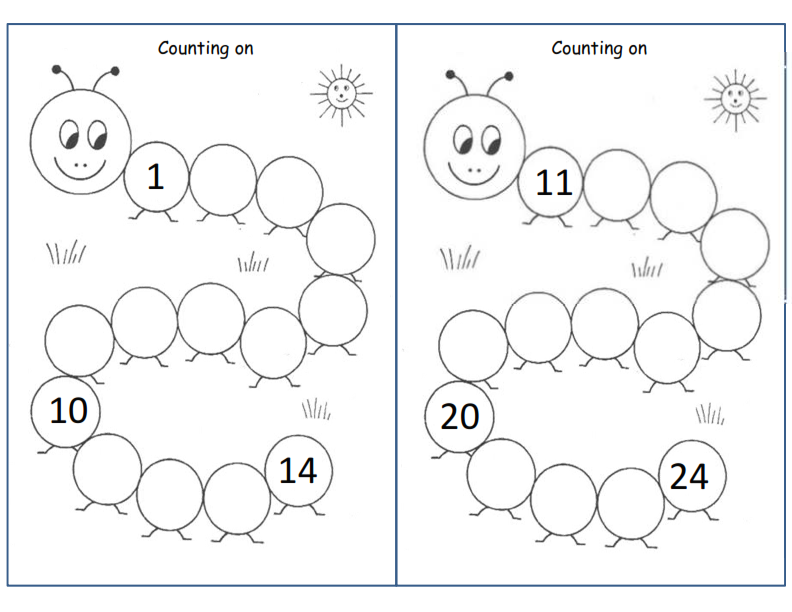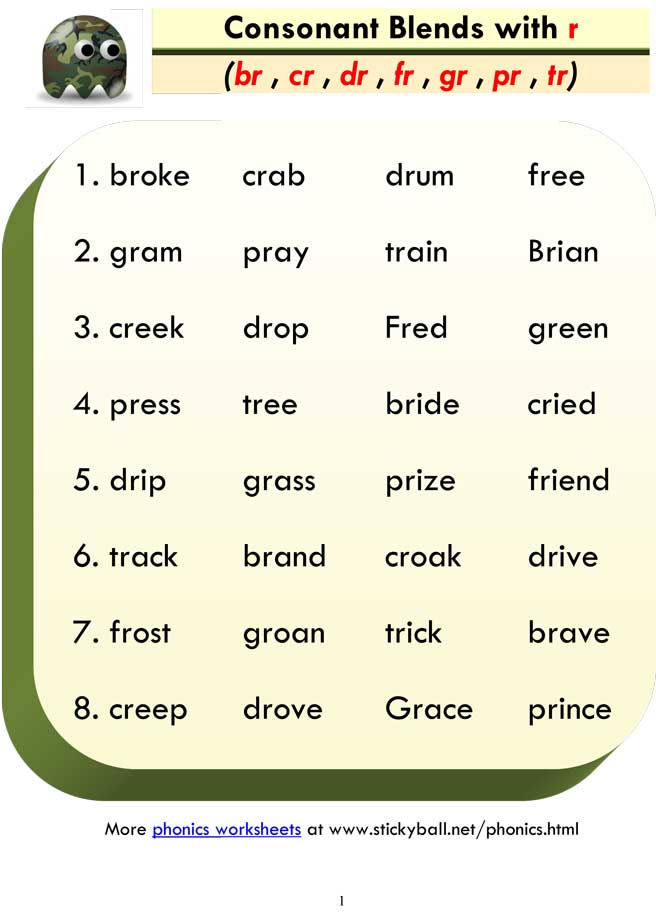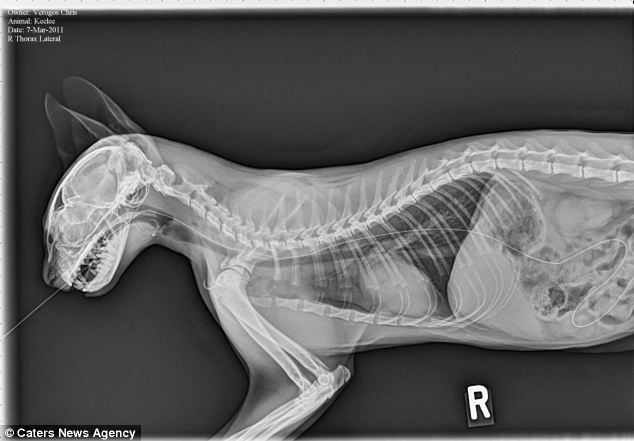Info about ducks
Key Information, Facts & Pictures Of Ducks
Image Source
Ducks are birds. Ducks are also called ‘Waterfowl’ because they are normally found in places where there is water like ponds, streams and rivers.
Ducks are related to Geese and Swans in the Anatidae family. Ducks are sometimes confused with several types of unrelated water birds with similar forms, such as loons (an aquatic bird found in many parts of North America and northern Europe) or grebes (freshwater diving birds) and coots (medium-sized water birds which are members of the Rail Bird family).
Duck Characteristics
Ducks are smaller than than their relatives (swans and geese). Ducks also have shorter necks and wings and a stout body.
A female duck is called a ‘hen’, they are identified by their very-dull, brown feathers. The females have dull-brown feathers so that they can hide from enemies and predators. They can also camouflage themselves in their nests and also protect their young.
A male duck is called a ‘drake’, you can identify the male duck by its brightly colored feathers. They use these colored feathers to attract the female ducks for mating. Here is a beautifully colored Drake with a purple plumage, shiny green head coloring, silvery white body and grey wings with blue markings.
The males use their colorful plumage to attract females. However, they will lose or molt their colorful feathers when the females are busy hatching the eggs. The males will now look like the female in color and will be unable to fly temporarily. They will molt again in early Autumn and get back their colorful feathers and be able to fly again. The females also molt. They replace all their feathers and get new ones after their ducklings are hatched.
Ducks have webbed feet, which are designed for swimming. Their webbed feet act like paddles for the ducks. The reason ducks can swim in cold water is their amazing circulatory system. Their blood vessels are laid out very close to each other in their legs and feet in a network that allows the warm and cool blood to exchange heat.
This allows the warm blood going from the body into the feet to warm the cooler blood re-entering the body from the feet, and the blood going to the feet is cooled enough that the cold does not bother the duck. Thus the duck’s feet are able to tolerate the cold and not bother them. All birds have this circulatory system in their legs and feet.
A duck has water-proof feathers. There is a special gland called the ‘Preen Gland’ near the ducks tail. This tiny gland produces oil which the duck uses to coat its feathers.
The duck picks up the oil with its head and beak, and then smears it all over its body to make the outer feathers waterproof. Without this protective barrier, a ducks feathers would become water-logged and because they spend their whole lives around and in water, this water-proof barrier is extremely important. Beneath the water-proof coat are fluffy and soft feathers which keep the duck warm.
The ducks mouth is called a beak or bill. It is usually broad and flat and has rows of fine notches along the edge called ‘lamellae’.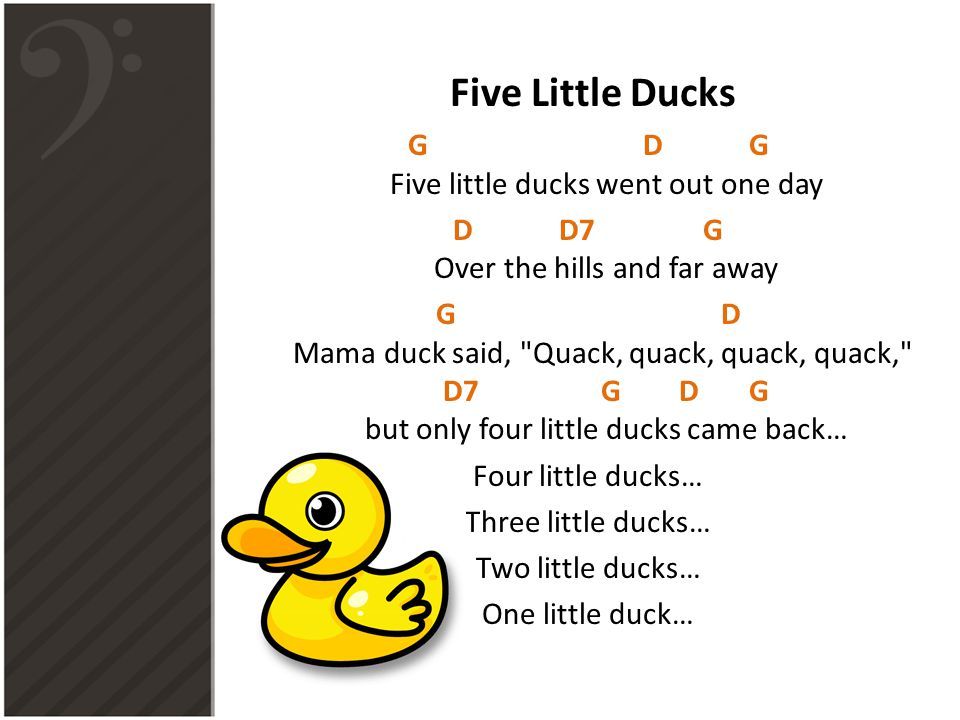 The lamellae helps the duck to grip its food so that it will not slip off.
The lamellae helps the duck to grip its food so that it will not slip off.
However, ducks beak comes in different shapes and sizes. The shape of the beak and body determines how the duck will hunt for its food.
Duck Behaviour
Ducks keep clean by preening themselves. Ducks do this by putting their heads in funny positions and putting their beaks into their body. Ducks preen themselves very often. Preening also removes parasites, removes scales which cover newly sprouting feathers and also involves the removal of spreading oil over clean feathers.
Duck Habitats
Many species of duck are temporarily flightless while moulting. Ducks seek out protected habitats with a good food supply during this period. They usually moult before migrating.
Ducks are found in wetlands, marshes, ponds, rivers, lakes and oceans. This is because ducks love the water. Some species of ducks migrate or travel longs distances every year to breed. Ducks usually travel to warmer areas or where the water does not freeze so that they can rest and raise their young. The distance may be thousands of miles away. Ducks are found everywhere in the world except the Antartica which is too cold for them.
Ducks usually travel to warmer areas or where the water does not freeze so that they can rest and raise their young. The distance may be thousands of miles away. Ducks are found everywhere in the world except the Antartica which is too cold for them.
Duck Life Span
Ducks can live from 2 – 20 years, depending on species and whether they are wild ducks or ducks in captivity. Its a fact that a wild duck can live 20 years or more. Domestic ducks typically live 10 – 15 years in captivity. The world record is a Mallard Drake that lived to a ripe old age of 27 years.
Ducks and their feeding habits
Shovelers – these ducks have broad beaks and sift their food for insects, nails and seed from the mud.
Diving ducks and Sea ducks forage deep underwater. To be able to submerge more easily, the diving ducks are heavier than dabbling ducks and therefore have more difficulty taking off to fly. These ducks have long and narrow beaks. Their narrow beaks are also covered will saw-like edges which help them to grab fish.
Their narrow beaks are also covered will saw-like edges which help them to grab fish.
Dabbling ducks feed on the surface of water or on land, or as deep as they can reach by up-ending without completely submerging. Their beaks are broad and short. Dabbling ducks have tiny rows of plates along the inside of the beak called ‘lamellae’ like a whales baleen.
These let them filter water out of the side of their beaks and keep food inside. Dabbling ducks eat plants, seeds, grasses and other small insects and animals that they find on or under the water. Usually they stick their tails in the air and stretch their heads into the water to reach their food.
Dabblers usually have shiny colored patches on their wings. The domestic ducks are dabblers too. They are descendants of the Mallards. Dabbling ducks take off from the water in quick jumps. Ducks with longer necks dive with their head down into the shallow water and pick up their food.
Duck Reproduction
Ducks usually look for a mate or partner in winter. Male ducks will attract the female ducks with their colorful plumage or feathers. The female ducks will then lead the male ducks to their breeding ground in spring. The breeding ground will usually be the place where the female duck was hatched. The female duck builds her nest with grass or reeds or even in a hole in a tree.
Male ducks will attract the female ducks with their colorful plumage or feathers. The female ducks will then lead the male ducks to their breeding ground in spring. The breeding ground will usually be the place where the female duck was hatched. The female duck builds her nest with grass or reeds or even in a hole in a tree.
The male duck will guard their territory by chasing away other couples. Once the female lays 5 – 12 eggs, she will sit on her eggs to keep them warm so that they can hatch into ducklings. The male ducks on the other hand, will be with the other male ducks.
The eggs will hatch within 28 days normally, except for the Muscovy duck which takes about 35 days to hatch.The mother duck will keep her brood of ducklings together to protect them from predators. Animals like the raccoon, turtles, hawks, large fish and snakes are a ducks main predators and they will eat the ducklings. Ducklings are able to fly within 5 – 8 weeks. Their feathers develop very fast.
When the young are ready to fly, all the ducks will gather in flocks on large lakes, marshes or the ocean to migrate to their wintering home.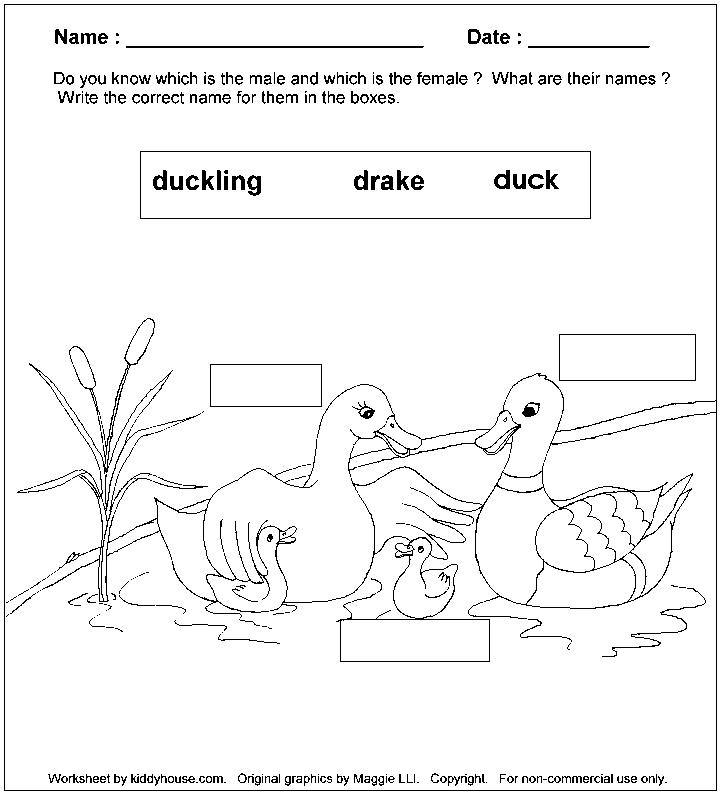 When the ducks fly, they usually do so in a ‘V-shaped’ or a long line.
When the ducks fly, they usually do so in a ‘V-shaped’ or a long line.
Interesting Duck Facts
A hen makes a loud QUACK sound while the drake has a raspy, muffled call.
Touching a duckling does not prevent the mother duck from taking care of it. It is however best to leave ducklings alone so as not to scare the mother duck away or accidentally injure them.
Ducks sleep with half their brains awake. Ducks are more likely to sleep with one eye open when they are located on the edge of sleeping groups. Ducks can detect predators in less than a second.
Duck eggshells have tiny holes (pores) that allow it to breathe. A hen’s eggs can have 7500 pores, most found at the blunt end of the egg. Respiratory gasses as well as water vapour travel through these pores allowing the egg to breathe.
Baby ducks are precocial meaning they are born with their eyes wide open, with a warm layer of down and are not fully dependant on their parents for food.
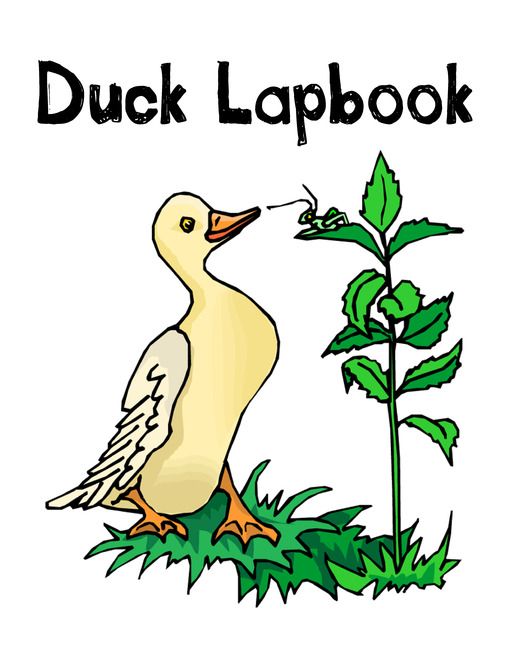 Ducklings are ready to leave the nest within hours of hatching.
Ducklings are ready to leave the nest within hours of hatching.A ‘clutch’ is the total number of eggs laid by one bird during one nesting session. Clutch size affected by hereditary and environmental factors. When food is abundant, birds lay more eggs.
A brood is the total number of hatchlings, or ducklings in a clutch.
Ducks have very good vision and they see in color.
Learn how to keep ducks at home
What is a female duck called?
A female duck is called a ‘hen’, they are identified by their very-dull, brown feathers. The females have dull-brown feathers so that they can hide from enemies and predators. They can also camouflage themselves in their nests and also protect their young.
What are baby ducks called?
A baby duck is called a duckling. A group of ducklings is called a brood.
Where do ducks sleep?
Most species of Duck sleep floating on water. Some ducks such as mallards can roost on lands or water.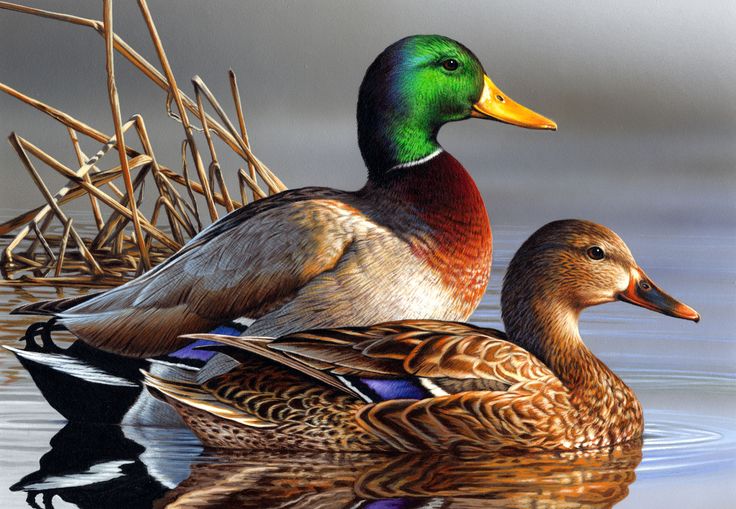
10 Facts About Ducks That Might Surprise You
Ducks are intelligent, feeling individuals who love spending their time relaxing on the water or foraging for food. But many of them don’t have the opportunity to live the way they want because humans torment and kill them for their flesh or feathers. Take a moment to learn more about these remarkable animals, and take a stand for ducks by refusing to eat them or purchase products made with their feathers.
1. Ducks are well adapted for water, land, and air activities.These gifted swimmers have waterproof feathers, which have a waxy coating that protects an inner layer of down, to keep them warm and dry. They can swim in cold water without catching a chill because their feet have blood vessels that are close together so they don’t lose heat. Some duck species can dive up to 240 feet below the water, and others can fly as high as 21,000 feet in the air (although most migrate at heights of 200 to 4,000 feet).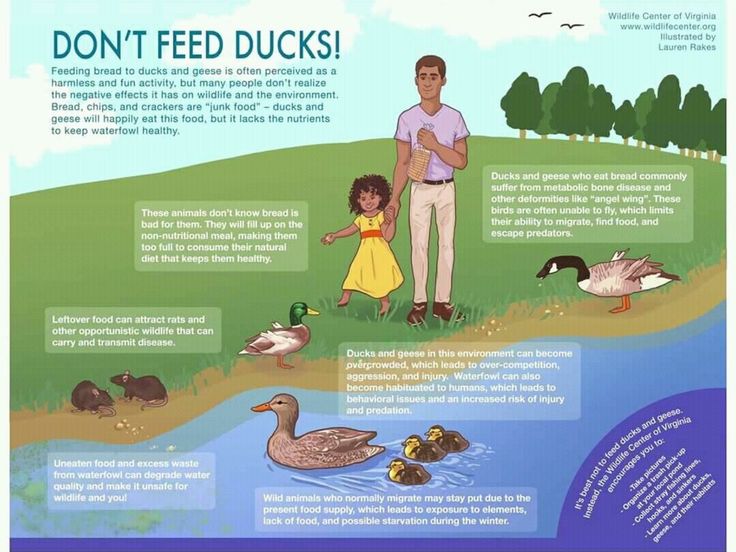 They can also fly long distances, and they use wind to help them reach speeds of up to 60 mph.
They can also fly long distances, and they use wind to help them reach speeds of up to 60 mph.
Ducklings coordinate hatching by communicating with each other while they’re still in their eggs. Hatching at the same time is important, because sticking together as a group helps protect them from predators. After hatching, they swim and walk together, following close behind their mothers. Even as adults, ducks prefer to be in a group, which brings us to our next fact …
3. They are super-social animals!Ducks are most comfortable when living with other ducks in their natural environment. When on the water, they congregate in groups called “paddlings,” which helps protect them from predators. In these groups, they are free to spend their days foraging for food and sleeping soundly, knowing their friends will warn them of any danger.
4.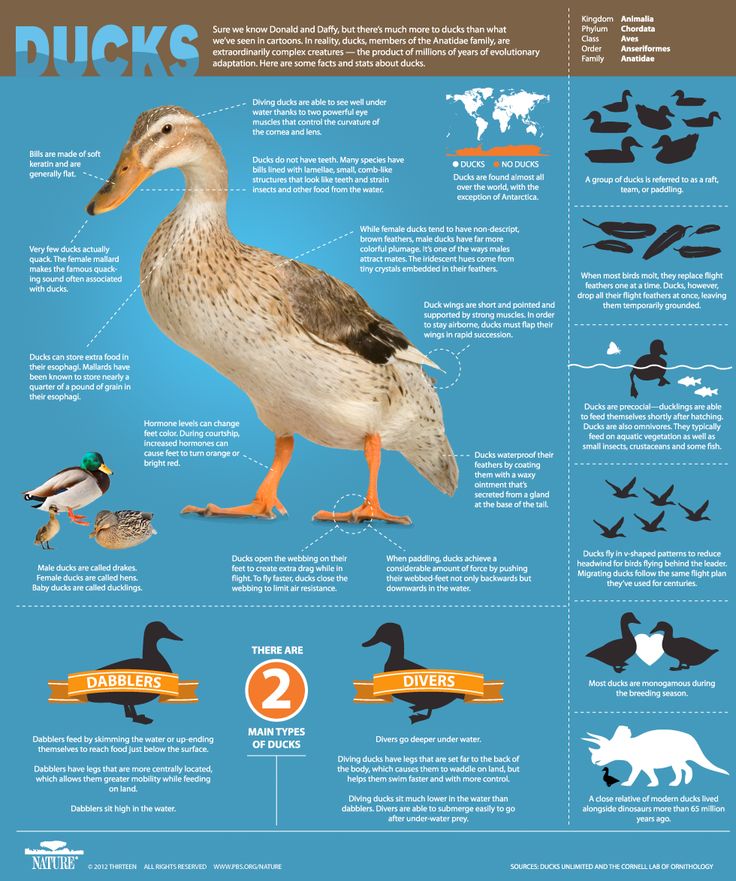 Ducks have regional accents.
Ducks have regional accents.Regional accents are just another example of ducks’ ability to adapt to their environment. Middlesex University researcher Dr. Victoria de Rijke recorded the sounds of ducks in the heart of London and compared them with those of ducks living in the countryside. She found that the ducks in London had a louder, rougher quack, because they had to shout above the noise of city life. The ducks in the country “made longer and more relaxed sounds.” Dr. de Rijke even noted how similar their sounds were to those of humans living in the same area.
5. Female ducks pick their favorite male ducks to mate with based on dancing ability.When mating season rolls around, a male duck will perform complicated displays to win a chance to mate with a female. She gets to choose her favorite based on this performance and the attractiveness of his feathers. Duck mating can be a violent experience for the female, so it’s important that she be able to choose her mate.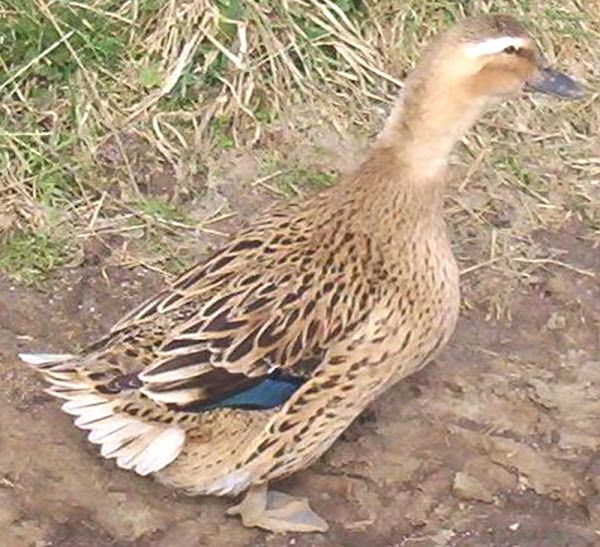 At Culver Duck Farms in Indiana, a whistleblower told PETA that he had found so many males crowded together with females that the females were “gang raped,” and their bodies were left bloody, swollen, and injured. In their natural environment, female ducks have the power of choice—that power was taken from them at Culver.
At Culver Duck Farms in Indiana, a whistleblower told PETA that he had found so many males crowded together with females that the females were “gang raped,” and their bodies were left bloody, swollen, and injured. In their natural environment, female ducks have the power of choice—that power was taken from them at Culver.
When ducks are used for meat or down, workers kill them when they’re very young, sometimes even before they’re a year old. At Culver, the only certified “humane” duck farm in the U.S., a whistleblower said that workers threw ducklings into a grinder while they were still chirping.
7. Ducks have better vision than you do.The shape of ducks’ eyes allows them to see things near and far simultaneously and in sharp focus. And since their eyes are located on either side of their head, they are able to see almost 340 degrees around.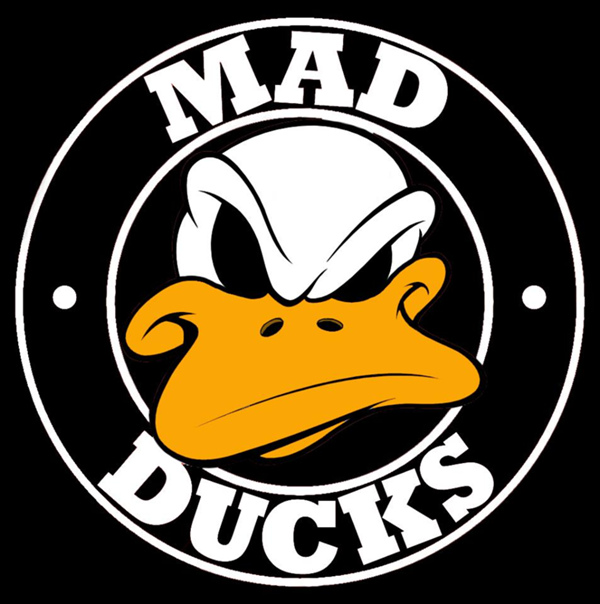 They can also move each eye independently and sleep with one eye open to watch for predators. In a group, ducks will trade off keeping an eye open to help protect the rest of the group from danger while they sleep.
They can also move each eye independently and sleep with one eye open to watch for predators. In a group, ducks will trade off keeping an eye open to help protect the rest of the group from danger while they sleep.
Duck bills have touch receptors similar to those in human fingertips and palms, which helps them look for food in murky water. A broken bill can cause excruciating pain, a reality for many ducks who are used in the foie gras industry, where workers ram metal pipes down their throats and force-feed them until their livers swell to up to 10 times their normal size.
9. They are meticulously clean animals.When you watch a duck for any length of time, you’re sure to see them preening their feathers to keep them perfectly clean. Ducks also like to keep their nests free of waste and debris, which can become an issue when dangerous fishing gear ends up in their waterways or homes.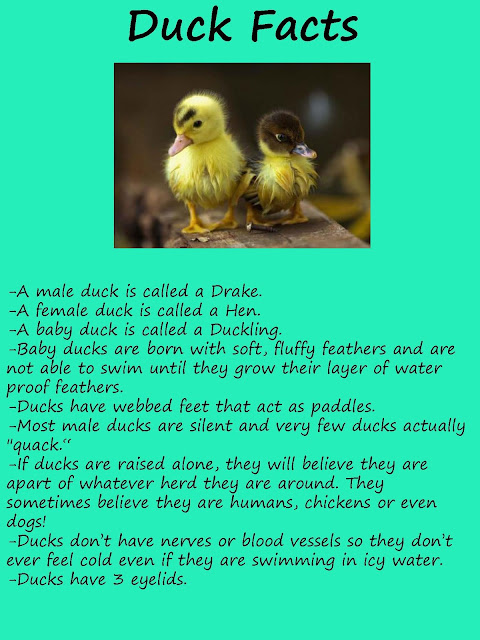 Ducks can be seriously injured or killed by swallowing fishing hooks or getting tangled in discarded lines—yet another reason why fishing kills.
Ducks can be seriously injured or killed by swallowing fishing hooks or getting tangled in discarded lines—yet another reason why fishing kills.
Ducklings can tell the difference between objects based on their color or shape, demonstrating abstract thought capabilities. They also show affection for their siblings, mothers, and paddling-mates and, like all animals, are capable of feeling pain.
*****
How Can You Help Ducks?As long as humans continue to use ducks for their flesh, feathers, and eggs, these animals will continue to suffer. Going vegan and choosing down-free materials are great first steps. After PETA’s 2016 investigation, Harris Teeter dropped Culver as a supplier. With whistleblower footage released in 2022, we’re asking other grocers, including Sprouts Farmers Market, to reconsider their relationships with Culver, too.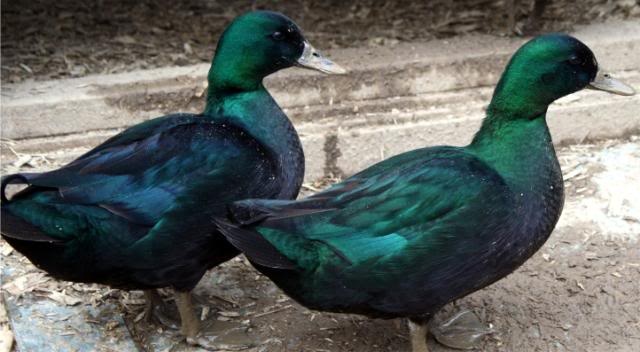
Urge Grocers: Reconsider Selling Culver Duck Meat!
“Almost all of us grew up eating meat, wearing leather, and going to circuses and zoos. We never considered the impact of these actions on the animals involved. For whatever reason, you are now asking the question: Why should animals have rights?” READ MORE
— Ingrid E. Newkirk, PETA President and co-author of Animalkind
Read More
General information about ducks
Duck , several genera of birds of the Anatidae family. Ducks include shelducks, diving ducks (diving ducks), ducks, river ducks, steamboat ducks, musky ducks and mergansers; in total more than 110 species. Ducks are widely distributed, in Russia there are more than 30 species. The male duck is called drake .
Ducks are medium to small birds with a relatively short neck and a tarsal covered in front with transverse scutes. The color of the plumage is varied, in many species there is a special “mirror” on the wing.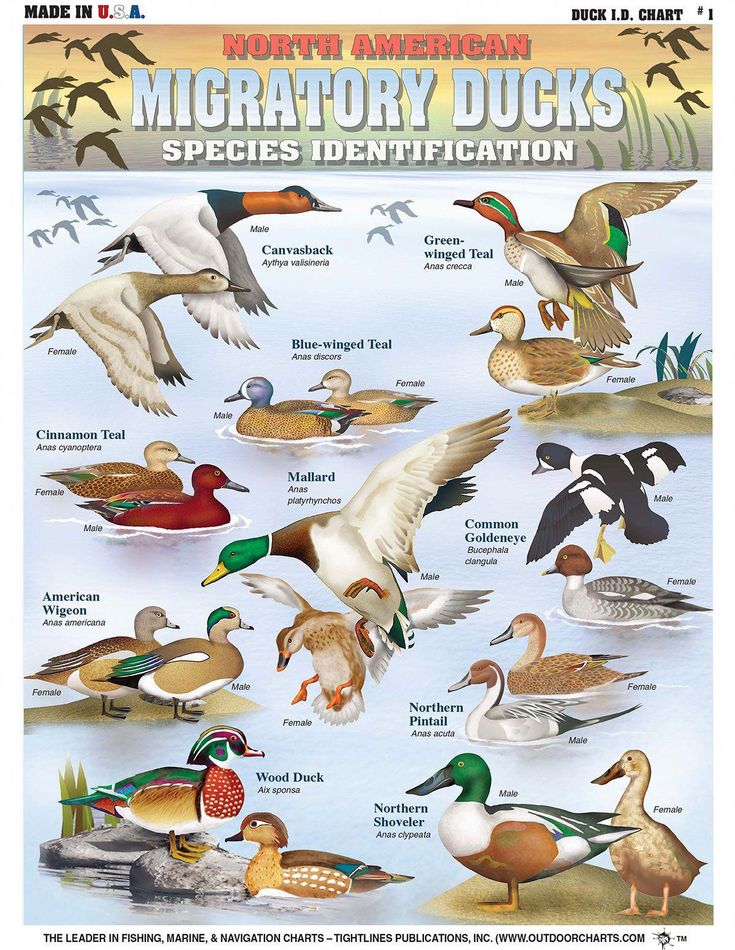 A number of species are characterized by pronounced sexual dimorphism during the breeding season, which manifests itself most often in the different coloration of the plumage of the male and female. Most species molt twice a year; summer - full, autumn - partial.
A number of species are characterized by pronounced sexual dimorphism during the breeding season, which manifests itself most often in the different coloration of the plumage of the male and female. Most species molt twice a year; summer - full, autumn - partial.
Domestic duck originates from the common wild duck or mallard ( Anas platyryncha ).
Drakes of domestic ducks weigh 3-4 kg, ducks - 2-3.5 kg. The average annual egg production is up to 250 eggs. Breeds of domestic ducks are divided into meat (Peking, gray Ukrainian, black white-breasted), meat-egg (mirror, khaki campbell), egg (Indian runners). Ducks are bred in many countries, including Russia.
There are observations that already after the third generation, in mallards raised in captivity, some changes characteristic of the domestic duck become noticeable, such as an increase in body size, clumsiness of gait, a change in the color of some flight feathers, an expansion of the white collar in a drake, etc.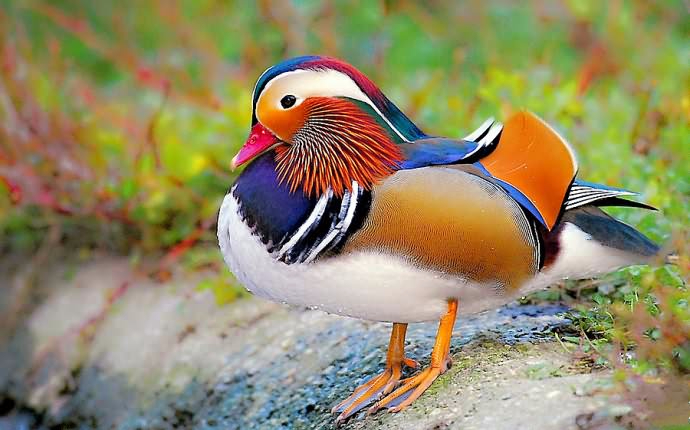
Of all the well-known wild species of the genus Anas, only in the mallard drake, 4 middle tail feathers are bent upwards, and since the same is observed in the domestic duck, since, further, all currently known breeds of domestic ducks do not differ significantly in anatomical features from mallards, and since, finally, they all interbreed very easily and produce fertile offspring, the opinion that all breeds of domestic ducks originated from one wild species - namely from the mallard - should be recognized as more correct than the assumption that they originated from several wild types.
There are 4 main breeds of ducks:
1) a simple domestic duck, which in turn breaks up into several sub-breeds, differing from one another in color, the presence or absence of a crest on the head, and partly in the shape of the body;
2) a hook-billed duck (usually white) with a beak bent down and often with a crest;
3) a chatty duck (often white) - of insignificant size, with a small beak;
4) a penguin duck - raising its body high and stretching its neck straight up, distinguished, in addition, by a very short beak, an 18-feathered tail, curved upward, and a relatively longer metatarsus.
There are also breeds of domestic ducks that are not descended from mallards. South American ducks are often raised because they are less noisy and have less fatty meat than mallards.
Ducks, interesting information about ducks
Mandarin duck
Duck is one of the most popular birds in the household of many countries. In addition, there are huge populations of wild ducks in the world.
- Duck meat is popular with culinary experts almost all over the world. The only region where domestic ducks are almost never bred is the countries of South and Central America.
- Once, back in 1992, during a storm, several containers filled with plastic ducks were washed off the deck of a merchant ship. In total, about 30 thousand toys were lost, and then they were found in different parts of the world for several years. But every cloud has a silver lining - thanks to these findings, scientists managed to learn a lot about ocean currents.
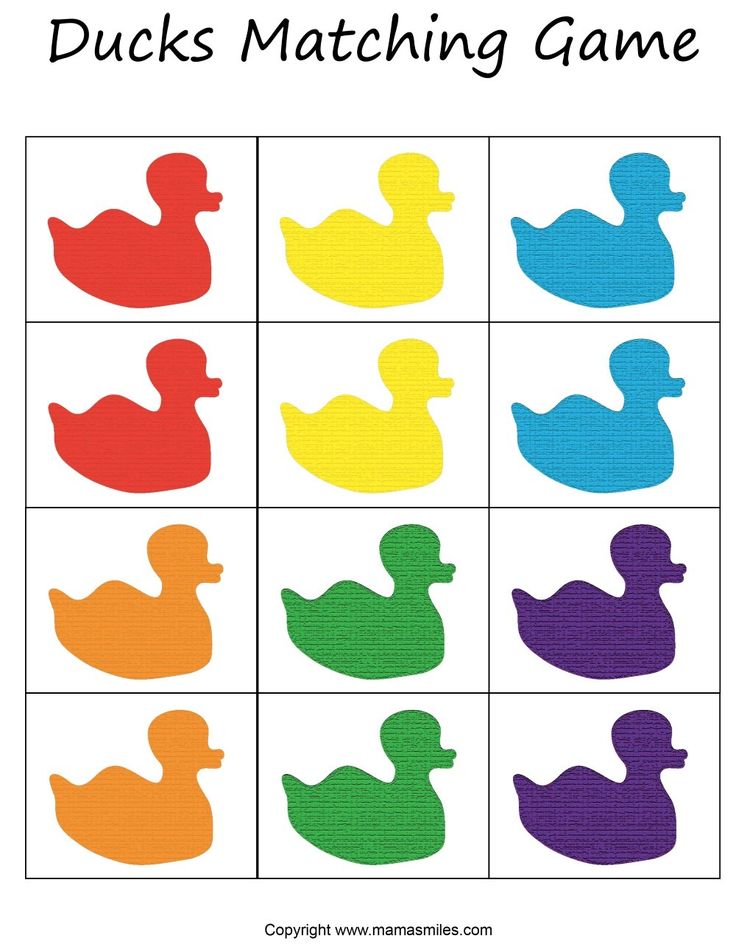
- During migration, ducks sometimes fly 400-500 kilometers a day.
- Ducks have three eyelids. One for blinking, one for eye protection, and one for sleep. Owls do the same, by the way.
- Usually ducks fly at an average speed, but once researchers recorded a wild duck flying at a speed of 170 km/h. She was flying in front of a small plane, and was apparently terrified to death, which gave her strength.
- These birds rarely rise to a height of more than a kilometer, however, they are capable of it. Once in the USA, the plane collided with a duck at an altitude of 6.5 kilometers.
- Most ducks, except Muscovy, are descended from wild mallard ducks. It is believed that among the ancestors of musky ducks there are turkeys.
- Ducks have 80 chromosomes.
- Judging by the discovered archaeological finds, about 5000 years ago in ancient Mesopotamia, people had already domesticated ducks and were breeding them with might and main.
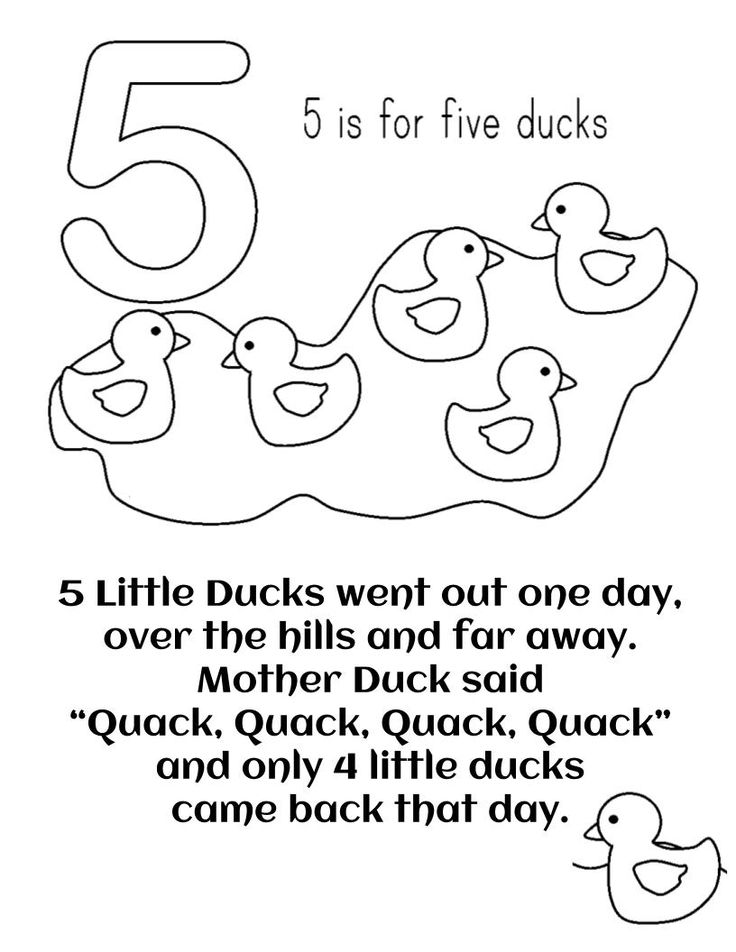
- During molting, these birds stop laying eggs.
- Of the more than 110 duck species in the world, more than 30 are found in Russia.
- Three-quarters of all domestic ducks (about 2 million) are raised annually in China.
- Contrary to popular myth, duck quacks do have an echo under certain conditions. But in most cases there really is no echo, that's a fact.
- Drakes do not know how to quack at all - only females of these birds can reproduce this sound.
- There are more vertebrae in the neck of a duck than in the neck of a giraffe.
- An adult duck can lay up to 240-260 eggs in a year.
- The most common today is the Peking duck, which is native to China. The weight of a duckling at the age of 60 days is 2.5 kg
- The second most popular is the Indian (musk breed). A feature of the indo is also the fact that when swimming on a frosty day, there is a high risk of getting frostbite. This breed is afraid of the cold.
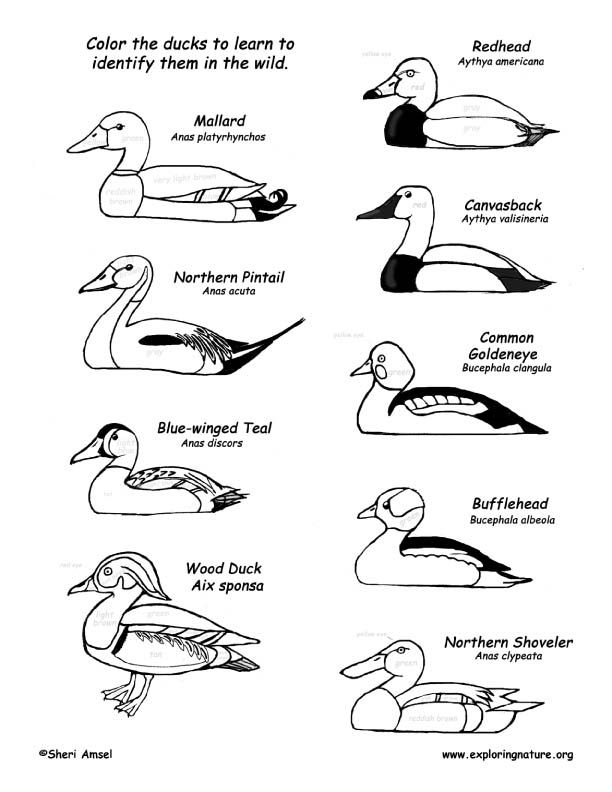 When kept at home in winter, they build a warm house for her.
When kept at home in winter, they build a warm house for her. - Cases have been recorded when ducks floating on the surface of a reservoir became victims of large pikes.
- Duck feathers are impossible to get wet because they are covered with a special fat layer. This secret is produced by glands near the base of the tail feathers, and ducks apply it with their beak to the whole body.
- The legs of these birds are unable to feel the cold, as they do not have blood vessels and nerve endings.
- During the annual molt, ducks lose their ability to fly, as they lose a lot of feathers.
- When moving on land, these birds clumsily roll from side to side because of their short and, moreover, widely spaced paws.
- Everyone knows that ducks sometimes dive underwater in search of food, but few people know that the depth of their dive can be 5-6 meters.
- Having eaten, they swallow stones and clay. This helps them digest food more efficiently.

Learn more


